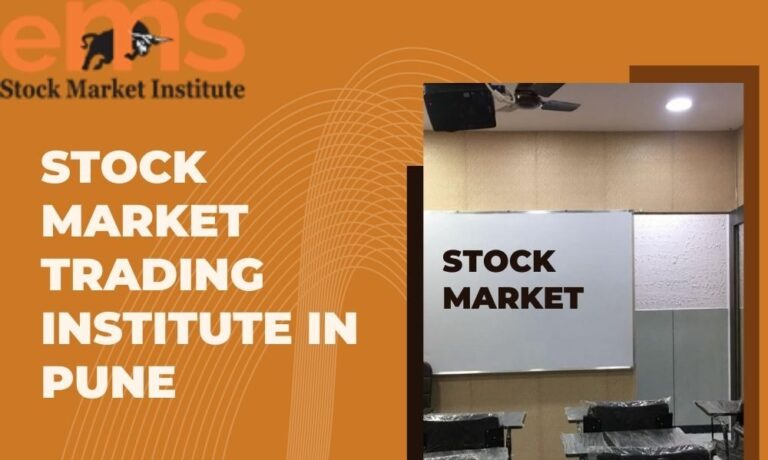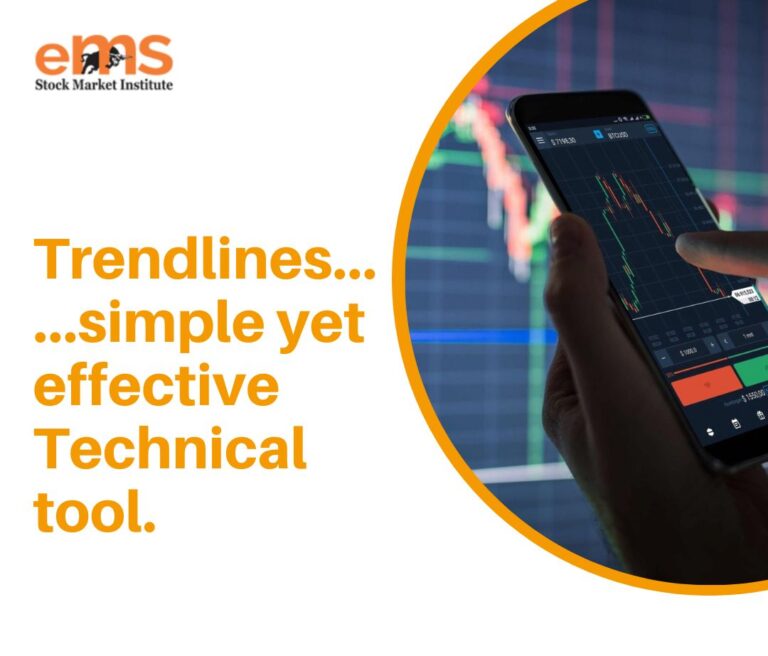Invest Smarter with Our Share Market education

Want to learn stock market concepts with confidence? Look no further than the EMS Share Market Training Institute blog! Explore our insightful blogs packed with valuable knowledge to help you make informed investment decisions. From fundamental analysis to technical charting,…









